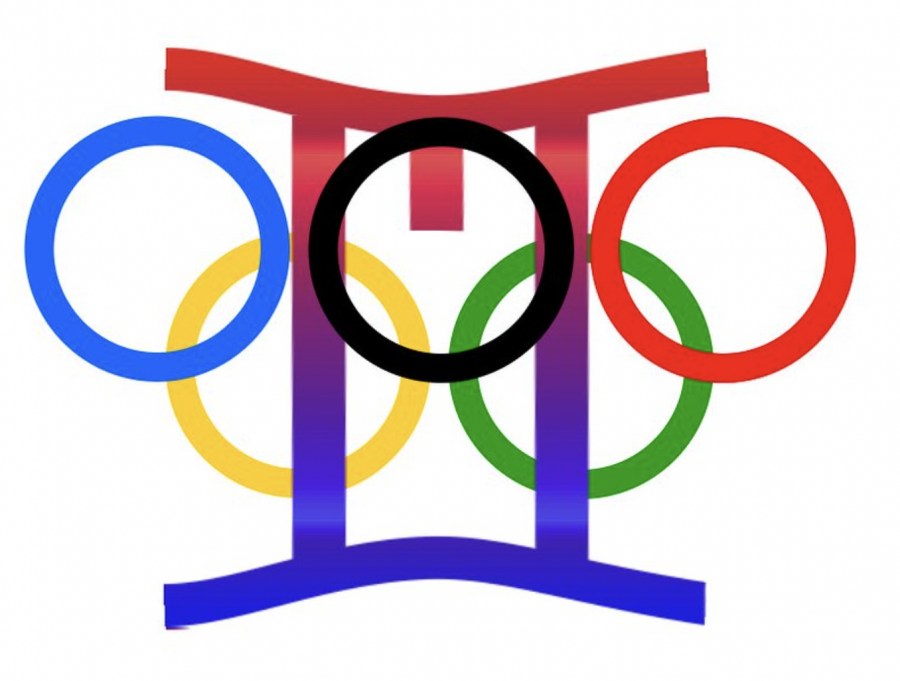The Olympics Gymnastics Vault Threatens the Well Being of the Athletes
Timothy Takemoto
The 2020 Olympics was hosted in Tokyo, Japan from Friday, Jul. 23, to Sunday, Aug. 8. Photo courtesy of Timothy Takemoto.
August 10, 2021
The Tokyo Olympics have provided the world with the entertainment we could have only dreamed about last year. Eyes pinned on the screen, millions of families anticipate positive results for their favored countries. With the world still facing a global pandemic, we can see the Olympics keeping precautions by leaving hand sanitizer stations all around the Olympic Village, keeping plastic dividers between athletes during eating times, and mandating masks. However, the Olympics have done a foul job keeping the women gymnasts physically safe and reducing injury rates. With women’s gymnastics being one of the most-watched sports in the Olympics, it is irrational that they don’t take enough care of their athletes.
On Sunday, August 1, I anxiously tuned in to watch Jade Carey and Makayla Skinner perform in the vault event. Skinner, who was previously an Olympic alternate at the Rio 2016 games, stepped in for Simone Biles, who could not compete due to mental health reasons. I watched athletes one by one mess up their landings and look at their coaches in disbelief. These athletes had all performed better at the team event that occurred just days prior.
My concern for the vault event skyrocketed when I saw Carey change from a Cheng in a balk. Named after Chinese gymnast Cheng Fei, the Cheng is a Yurchenko half-on to a front Rudi, which simplified means a round-off onto the board followed by a half-turn onto the table and 1.5 twists. The difficult move was then turned into a simpler combination, a tucked Yurchenko timer. The gold medal favorite was then seen landing the combination with a skip-hoppy step and a disbelief look on her face.
After watching all of the athletes compete, I wondered if there was a problem with the vault setup. Although highly uncommon in this level of competition, the possibility was there. However, it was to my surprise when I found out that the athletes were not given a touch-warmup before the event. Each athlete had to compete in an event where they couldn’t even touch the pad that they would essentially catapult themselves off of. The worst part? This decision was set into stone by the International Gymnastics Federation (FIG), meaning that they intentionally created this disaster. FIG created this rule to keep the events moving in a timely fashion. Cutting out time for touch-warmups allowed them to meet this goal.
Many former athletes later went on to social media to share their opinion on the matter. Former silver medalist Laurie Hernandez, who won silver in the balance beam event in the 2016 Olympics, called the situation “a safety hazard for everybody to just go out and compete with cold muscles.” In addition, many gymnasts were seen wearing winter coats and blowing on their hands before their events, a clear indication that the auditorium was quite cold. The purpose of warming up is to prevent the risk of injury and to increase an athlete’s body temperature to enhance their performance. Not taking a touch-warmup prior to the event, especially in a chilly auditorium, prone athletes to excessive injury and doesn’t allow them to compete to their fullest potential.
“A warm up prepares the body for exercise by increasing the temperature of muscles and connective tissue, which makes them more supple and elastic,” Ph.D. professor of nutrition and exercise physiology at the University of Missouri Stephen D. Ball said to Men’s Journal. “Nerve conduction is also improved, which aids in fluid movement—all of these factors reduce risk of injury. The warmup also prepares the cardiovascular and metabolic systems to deliver blood and oxygen to the working tissues.”
Cutting out touch-warmups is a ruthless mistake. Athletes should feel safe when competing and should be allowed to warm up. Cutting out this time to make the events move on more quickly is a selfish act. If the FIG really thought there wasn’t enough time for each athlete to compete, they could have easily cut down the duration of the long introduction prior to the medal ceremony. Keeping athletes safe should be the top priority. If that means people at home need to wait, then so be it. These athletes are competing for their country, and the least we can do is show compassion and appreciation by giving them more time to warm up.



